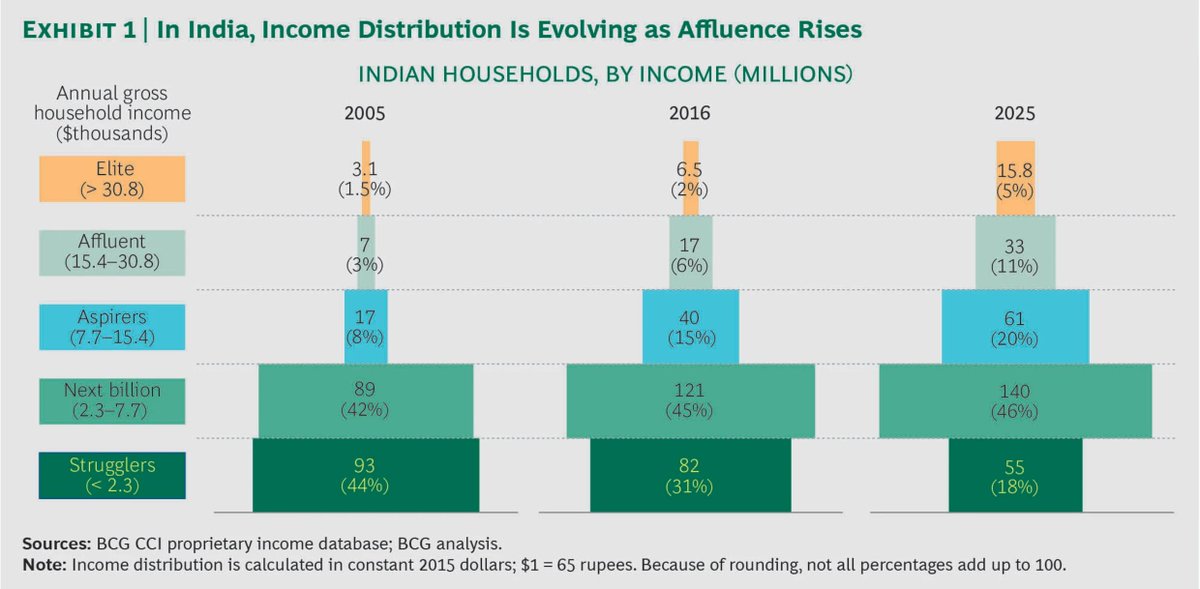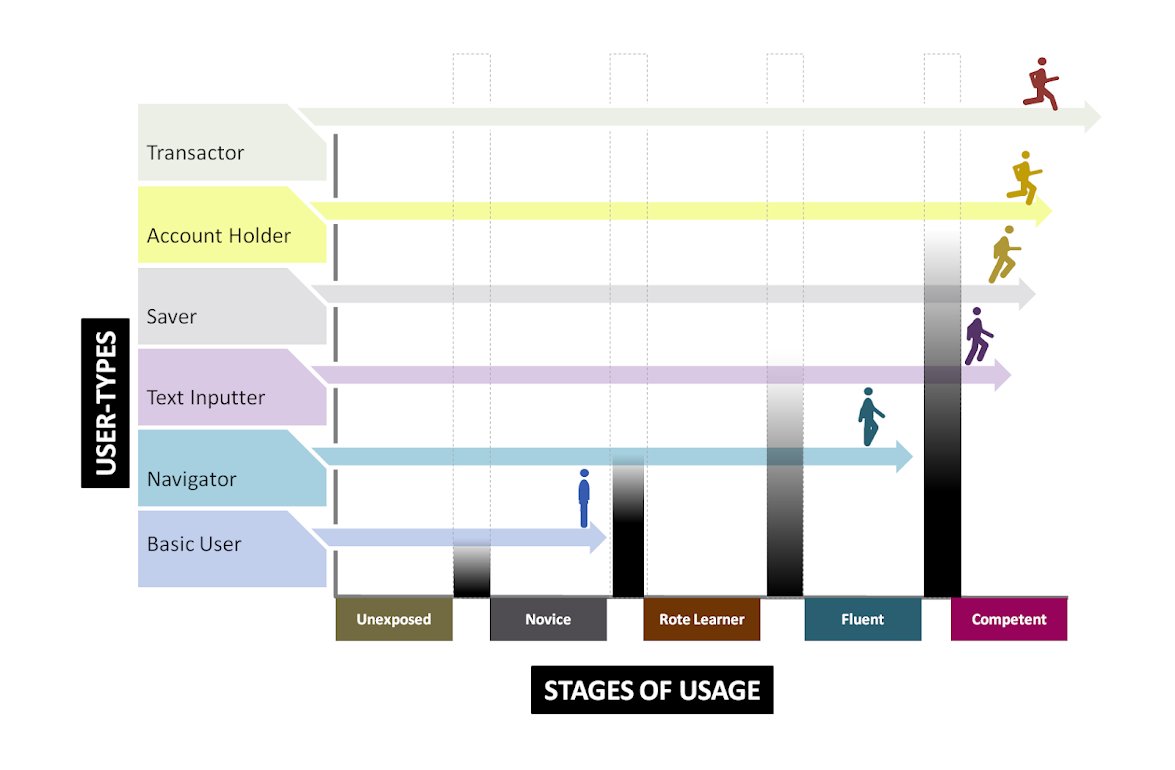
I'm doing a UX deconstruction of Bharat focussed apps. The aim is to throw light on the interesting mental models built for new internet users of India.
#designforindia #uxbreakdown
Starting with my favourite app: @sharechatapp 👇
#designforindia #uxbreakdown
Starting with my favourite app: @sharechatapp 👇
What is Sharechat?🤔
Sharechat is a regional social network predominantly popular among emergent users. The app allows you to browse, share and download content across 14 Indian Languages.
Psst: English is not one among them
Sharechat is a regional social network predominantly popular among emergent users. The app allows you to browse, share and download content across 14 Indian Languages.
Psst: English is not one among them
Origin story 🌤️
Around 2015, the founders of Sharechat came across a post in a Facebook group that requested users to drop in their mobile number to receive HD pictures of Sachin Tendulkar. They observed that hundreds of people had shared their mobile number in the group...
Around 2015, the founders of Sharechat came across a post in a Facebook group that requested users to drop in their mobile number to receive HD pictures of Sachin Tendulkar. They observed that hundreds of people had shared their mobile number in the group...
...Later the founders replicated it by creating 10 WhatsApp groups on Sachin Tendulkar and soon the groups were flooded with jokes, images and videos. Most of them were predominantly in the regional language.
This observation gave rise to the birth of Sharechat.
This observation gave rise to the birth of Sharechat.
App signup & Onboarding 🚪
- You begin by choosing the language of your choice.
- Each language room is independent of each other and customised based on the users' behaviour and preference there.
- Signup allowed only through mobile number.
- You begin by choosing the language of your choice.
- Each language room is independent of each other and customised based on the users' behaviour and preference there.
- Signup allowed only through mobile number.

Home 🏠
- Post signup, you land on to a pre-curated feed of the regional content.
- All the feeds in Sharechat are public by default. You can browse them even without signup.
- You can choose to follow individual/ topics but they aren't necessary to see content on your feed.
- Post signup, you land on to a pre-curated feed of the regional content.
- All the feeds in Sharechat are public by default. You can browse them even without signup.
- You can choose to follow individual/ topics but they aren't necessary to see content on your feed.

Categories 📚
- Popular categories are curated on the top with a horizontal scroll.
- They change from one language room to another.
Popular categories based on Hindi and Tamil 👇
- Popular categories are curated on the top with a horizontal scroll.
- They change from one language room to another.
Popular categories based on Hindi and Tamil 👇

Trending News 📰
- The next section shows the trending news in the selected language
- Observe the usage of emoji against each new topic.
The trending news among Hindi and Tamil 👇
- The next section shows the trending news in the selected language
- Observe the usage of emoji against each new topic.
The trending news among Hindi and Tamil 👇

Curious case of usernames 🔠
The usernames in the app were excessively decorated with emoji's and glyphs. Could observe this across genders and languages.
Some of them could be seen as identity protection whereas most were a form of expression.
The usernames in the app were excessively decorated with emoji's and glyphs. Could observe this across genders and languages.
Some of them could be seen as identity protection whereas most were a form of expression.

Regional Hashtags #️⃣
All the hashtags that were associated with the post were also in the local language. The hashtags also had emoji embedded in them which is quite uncommon in other social networks.
All the hashtags that were associated with the post were also in the local language. The hashtags also had emoji embedded in them which is quite uncommon in other social networks.

All categories tab: 📚
The second tab in the navigation takes us to the 'All categories' section. Each category had a cover image and the cover image changed from one language to another language even though the category was the same.
The second tab in the navigation takes us to the 'All categories' section. Each category had a cover image and the cover image changed from one language to another language even though the category was the same.

Short videos tab: 🎥
The third tab shows us a feed of tik-tok-ish short videos curated based on topics. One could download the videos (w/ watermark) directly and share them on other apps.
The third tab shows us a feed of tik-tok-ish short videos curated based on topics. One could download the videos (w/ watermark) directly and share them on other apps.

Chat room - The desi clubhouse 💬
- The fourth tab had a desi clubhouse integrated where there were curated chat room with topics.
- Most of them had hosts chatting with other boys and girl about friendship, romance, cinema etc.
- The fourth tab had a desi clubhouse integrated where there were curated chat room with topics.
- Most of them had hosts chatting with other boys and girl about friendship, romance, cinema etc.

Profile and settings 👫
- There was no option to make the profile private and the section allowed a toggle to browse the app in English (i.e) the labels will be shown in English but the content will still remain regional.
- There was no option to make the profile private and the section allowed a toggle to browse the app in English (i.e) the labels will be shown in English but the content will still remain regional.

Customisation: 👳♂️
I was blown by the minute details. In the below example the sign-in screen for three different languages shows a couple with their regional attire to bring relevance.
I was blown by the minute details. In the below example the sign-in screen for three different languages shows a couple with their regional attire to bring relevance.

Final thoughts:
We might not be the users of this app, but just browsing it gives us a sneak peek into the world of the emergent users and what does it mean to build for the entire country.
For me, sharechat feels like the internet's TV. Would love to hear your views.
We might not be the users of this app, but just browsing it gives us a sneak peek into the world of the emergent users and what does it mean to build for the entire country.
For me, sharechat feels like the internet's TV. Would love to hear your views.
If you find this interesting, you could subscribe to my newsletter, 'Design for India'. I shall be sending a detailed version of this deconstruction as an email and will be deconstructing more such apps.
designforindia.substack.com
designforindia.substack.com
• • •
Missing some Tweet in this thread? You can try to
force a refresh








